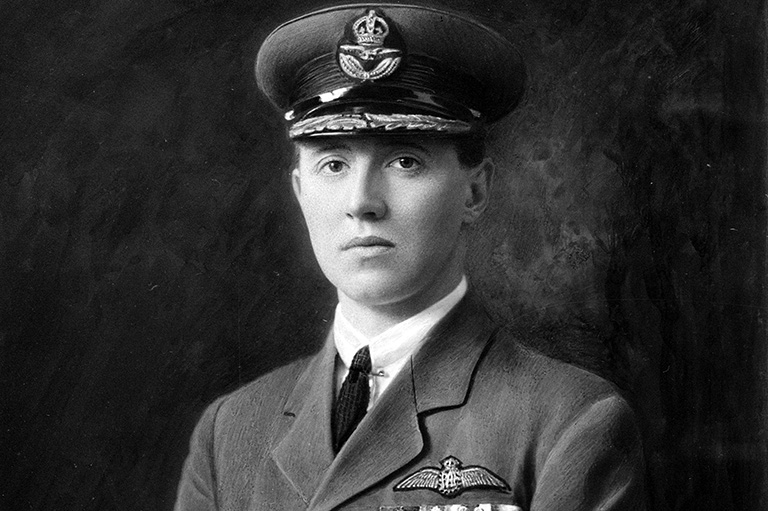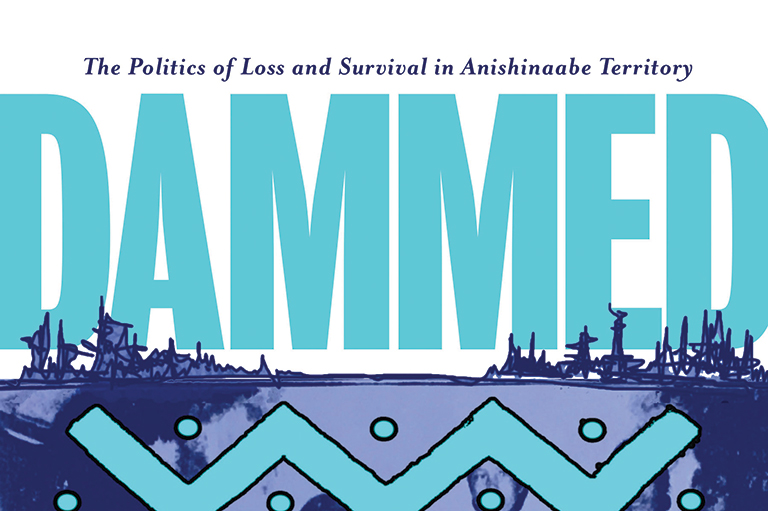Inuit Life in Transition

Photographs by Richard Harrington appeared in and on the cover of this magazine — formerly known as The Beaver and published by the Hudson’s Bay Company — beginning in 1947. The following year, as he wrote in a later article, Harrington undertook the first of five winter Arctic trips by dog team with Inuit guides and “Company hospitality and cooperation,” including rest stops at remote HBC posts. For the remainders of these “difficult trips” he lived in igloos while documenting the Inuit way of life.
In a career that spanned continents and saw his work published in prestigious international periodicals, Harrington’s Arctic photographs of this period were not only his most recognized but also of special importance for him: “My Inuit photos to me are the most meaningful,” he said in 1998. “They were taken under difficult conditions. I came to know the people. We lived together and shared hardships.” That included his time in 1950 at the community of Padlei, in what is now Nunavut, during a deadly famine caused by changed caribou migration.
The new book Richard Harrington: Arctic Photography 1948–53 — published by Firefly Books with the Stephen Bulger Gallery — presents more than one hundred of Harrington’s black-and-white photographs from this time, recording Inuit hunting tools and techniques, musical instruments and sculptures, and daily life in Inuit communities. Many are portraits of women, men, and children at a time when their traditional existence was threatened. The book includes an introduction by curator Gerald McMaster and transcriptions of Harrington’s handwritten notes from the backs of his photographs.
-
 Arctic fox furs were traded for Western goods.PHOTOGRAPHS COPYRIGHT OF THE RICHARD HARRINGTON ESTATE, COURTESY OF THE STEPHEN BULGER GALLERY.
Arctic fox furs were traded for Western goods.PHOTOGRAPHS COPYRIGHT OF THE RICHARD HARRINGTON ESTATE, COURTESY OF THE STEPHEN BULGER GALLERY. -
 Interior lighting reveals the structure of a small overnight igloo.PHOTOGRAPHS COPYRIGHT OF THE RICHARD HARRINGTON ESTATE, COURTESY OF THE STEPHEN BULGER GALLERY.
Interior lighting reveals the structure of a small overnight igloo.PHOTOGRAPHS COPYRIGHT OF THE RICHARD HARRINGTON ESTATE, COURTESY OF THE STEPHEN BULGER GALLERY. -
 An Inuit girl sits in an igloo amid trade goods from the south. Lake ice serves as a window.PHOTOGRAPHS COPYRIGHT OF THE RICHARD HARRINGTON ESTATE, COURTESY OF THE STEPHEN BULGER GALLERY.
An Inuit girl sits in an igloo amid trade goods from the south. Lake ice serves as a window.PHOTOGRAPHS COPYRIGHT OF THE RICHARD HARRINGTON ESTATE, COURTESY OF THE STEPHEN BULGER GALLERY. -
 Inuit games such as tug-of-war involve strength, endurance, and other qualities needed to survive in the Arctic.PHOTOGRAPHS COPYRIGHT OF THE RICHARD HARRINGTON ESTATE, COURTESY OF THE STEPHEN BULGER GALLERY.
Inuit games such as tug-of-war involve strength, endurance, and other qualities needed to survive in the Arctic.PHOTOGRAPHS COPYRIGHT OF THE RICHARD HARRINGTON ESTATE, COURTESY OF THE STEPHEN BULGER GALLERY. -
 HBC employee Henry Voisey practices with a forty-foot-long dog whip made of seal hide.PHOTOGRAPHS COPYRIGHT OF THE RICHARD HARRINGTON ESTATE, COURTESY OF THE STEPHEN BULGER GALLERY.
HBC employee Henry Voisey practices with a forty-foot-long dog whip made of seal hide.PHOTOGRAPHS COPYRIGHT OF THE RICHARD HARRINGTON ESTATE, COURTESY OF THE STEPHEN BULGER GALLERY.
With 7 uniquely curated newsletters to choose from, we have something for everyone.
We hope you’ll help us continue to share fascinating stories about Canada’s past by making a donation to Canada’s History Society today.
We highlight our nation’s diverse past by telling stories that illuminate the people, places, and events that unite us as Canadians, and by making those stories accessible to everyone through our free online content.
We are a registered charity that depends on contributions from readers like you to share inspiring and informative stories with students and citizens of all ages — award-winning stories written by Canada’s top historians, authors, journalists, and history enthusiasts.
Any amount helps, or better yet, start a monthly donation today. Your support makes all the difference. Thank you!
Themes associated with this article
Advertisement









